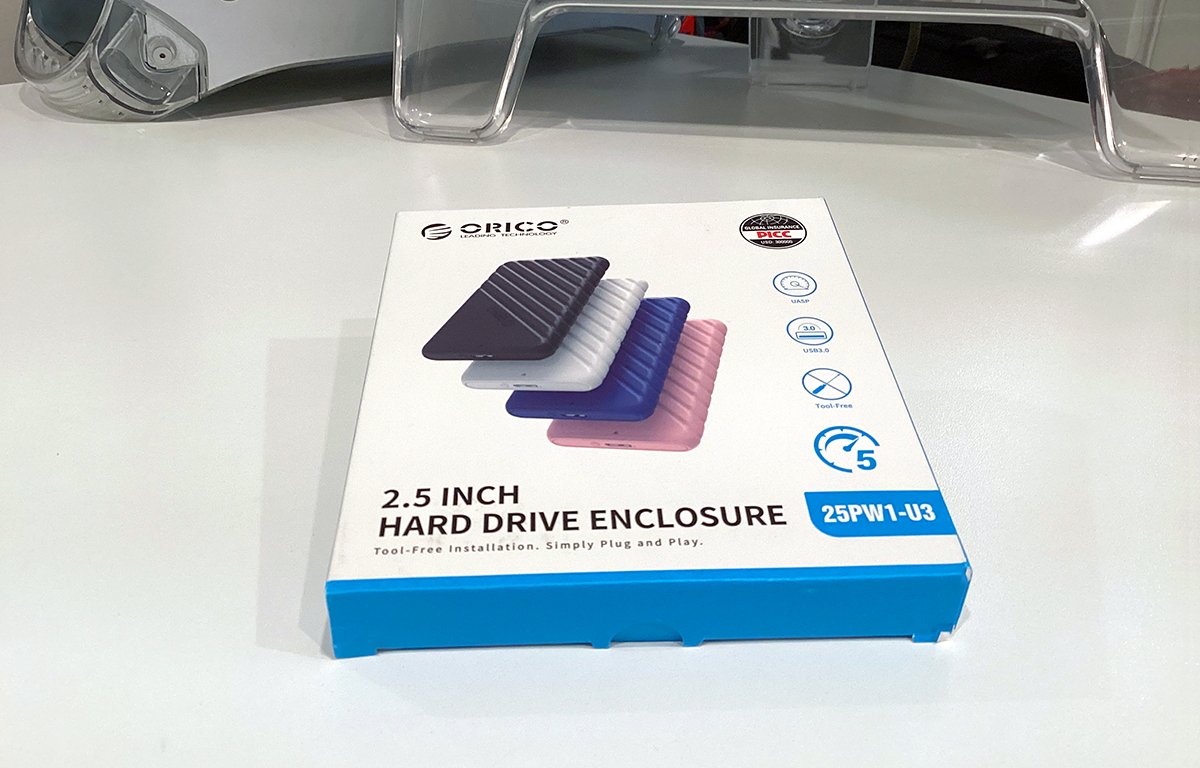
Range is one of the first things listed when manufacturers are selling an EV, and one of the first things customers look for when shopping for one. But now EV ranges are on par with gas tanks, so maybe it’s time to move on and focus on the vehicles’ other features if you want maximum value for money.
Electric Vehicles are getting better all the time, but one of the main things holding the concept back is worries over how far an EV can go before its battery goes flat. “Range anxiety” was a valid concern a few years ago, but it’s time to stop focusing on range when considering an electric car.
While they like to brag about how far their vehicles can go when it suits them, manufacturers also want you to focus on other things. But the manufacturers are also missing the mark. While torque, 0-60 times, and the ability to power a house are all cool things on paper — they don’t have that much bearing on day-to-day vehicle use. This may surprise you, but driving distance doesn’t either — or ranges beyond the modern average don’t anyway.
We’re Currently Hitting Gas-Tank Level Ranges

One thing you’re likely to notice is that most modern EVs have ranges of between 250 and 300 miles. The Tesla Model Y was 2022’s best-selling EV, and that will take you around 330 miles before you need to recharge. The cheaper Model 3 can go over 270 miles at the low end. The very popular but now discontinued Chevy Bolt also gets over 260 miles from a full battery.
Around a decade ago, EV range was pretty bad — with many vehicles struggling to break beyond the 100-mile mark. But now, most EVs can go between 250 and 300 miles on a single charge, which is comparable to the travel distance you get from an average ICE car’s gas tank. This is an important milestone in terms of EV practicality. If you have to “refuel” your EV as often as you refueled your old car, it’s suddenly not as inconvenient. Yes, there are other factors to consider, and we will get to those. But an EV that can cover the same distance as an ICE car without “refueling” is no less convenient than that ICE car most of the time. And that’s an important thing to note.
Packing in More Batteries May No Longer be Worth It
Battery technology is hitting a bit of a plateau as we reach the limits of what can be done with a lithium-ion cell. This means to get more miles from one charge right now; you need to add more batteries to your vehicle. Batteries are expensive when you first put them in, and expensive to replace. They’re also very heavy, which means the car uses more energy to get around — even if overall “range” has been extended.
Newer technologies, like solid-state batteries, aren’t currently cheap to manufacture. This tech could offer greater energy density at a lower weight, faster charging, and greater reliability. But even then, we may be better off focusing on the other benefits once a vehicle is capable of going 300 miles. A lower range will still mean fewer cells, which could get the new battery tech into production cars even quicker. In the long run, it will still significantly reduce both cost and vehicle weight.
So why stop when we could theoretically go way beyond that? Well, 300 miles on one charge is more than most people need.
Most People Don’t Drive That Far

If you own a car with an internal combustion engine, think about your gas station habits for a second. I’m not talking about buying a slice of stale pizza or flashing disgusted looks at the rest stop sushi; I’m talking about how often you actually head to a pump and brim the tank. The odds are you don’t go through a tank of gas a day. Statistically, that tank should last you for over a week.
According to Kelly Blue Book, the average American drives around 35 miles per day. With the exception of certain cities, the United States is a country built around the automobile — so this figure is likely lower in many other nations. It’s also likely to be lower in those older cities, which have less car-friendly layouts. If you live rurally or deep in the suburbs, you may have a slightly longer commute — but that’s still nothing a modern EV can’t handle several times a week without running out of juice.
Long road trips aren’t actually that common, and taking an EV on a long trip isn’t your only option. If you do need to take a long journey, the cost of a flight, or even renting a car and driving it down, may be offset entirely by the savings you’ll make by picking an EV as your daily driver.
So, going by these figures, current EV ranges aren’t likely to inconvenience the vast majority of American drivers. Charging your EV roughly once a week isn’t that bad at all, and that’s assuming you want to charge your batteries all the way.
We All Know Someone Who Survives on a Quarter of a Tank
In addition to everything else, we all know that one driver who insists on getting around on fumes. While it’s sensible to brim the tank each time, this isn’t something all drivers do. Some people just put $20 of fuel in, and that gets them by until long after the fuel warning light comes alive again.
This is a bad move in a gas-powered car. It isn’t great for the fuel system and can cause issues with your fuel filter. It’s also potentially disastrous for diesel-powered vehicles. But people do it anyway, and many get by just fine. Conversely, not maintaining a full charge is a fantastic way to extend the life of a lithium-ion battery — so if you go from a quarter tanker to a quarter charger, your EV may end up lasting longer.
It also further proves that range isn’t all that. A good number of Americans will never need to fill the battery, and a quick charge every week or so could be enough to keep them going.
The Focus Should be on Recharge Time, Not Range

You may be tempted by a top-end EV based on its 400+ miles of range alone — but that just sounds like a good way to waste money. The ability to cope with Level 3 charging is a better thing to focus on when choosing a vehicle. Level 3 chargers can get a lot of electricity into a battery in a short period of time.
Five minutes is well within regular “trip to the gas station” territory, even if you’re not filling the tank completely. According to Tesla, a Level 3 charger could give an entry-level Model 3 around 75 miles of range in that five-minute window. That’s still in quarter-tank territory, but 15 minutes plugged in can currently get you up to 200 miles further down the road. Use of Tesla’s charging network is still exclusive to Tesla vehicles in many areas, but the company is gradually opening it up to other EVs. On the plus side, this means more high-speed chargers will be available in the U.S. and beyond. But it is worth noting actual charging speed will still be limited by the vehicle you’re using.
Tesla’s network and vehicles are on the higher end of things, and even with Level 3 charging, many other manufacturers are lagging behind. Level 3 chargers are also still fairly uncommon, so huge infrastructure improvements also have to be made. Then again, you may never have to visit a charging station at all. If you opt to have a Level 2 charger installed in your garage, you can fill your battery overnight and start with a full charge every morning. This isn’t an option with ICE cars.
The average American is going to be less inconvenienced if their EV has a 250-mile range but can half-fill its battery in under ten minutes. A boost in charging times would also mean charging stations are less crowded and capable of serving more drivers. But to get here, the focus of some manufacturers may need to shift, and the priorities of customers may need to change too.
While how far their car will go on one charge will undoubtedly still be one of the first things manufacturers mention and one of the first things prospective buyers look for, it shouldn’t be your main consideration when buying an EV. Unless the vehicle you’re looking at is significantly below average in terms of how far it can travel, you’re better off focusing on other areas.
If the vehicle you’re looking at promises a class-leading 500-mile range, you should ask yourself if you actually need that. You may be better off saving potentially tens of thousands of dollars on a vehicle with fewer batteries. Or if it’s a choice between increased single-charge distance and Level 3 charging, the faster charging option should be the obvious pick. If you’re buying a new hybrid, you may be curious about how many miles it gets to the gallon, but you never ask how far a full tank will take you. So why do that with a modern EV?







